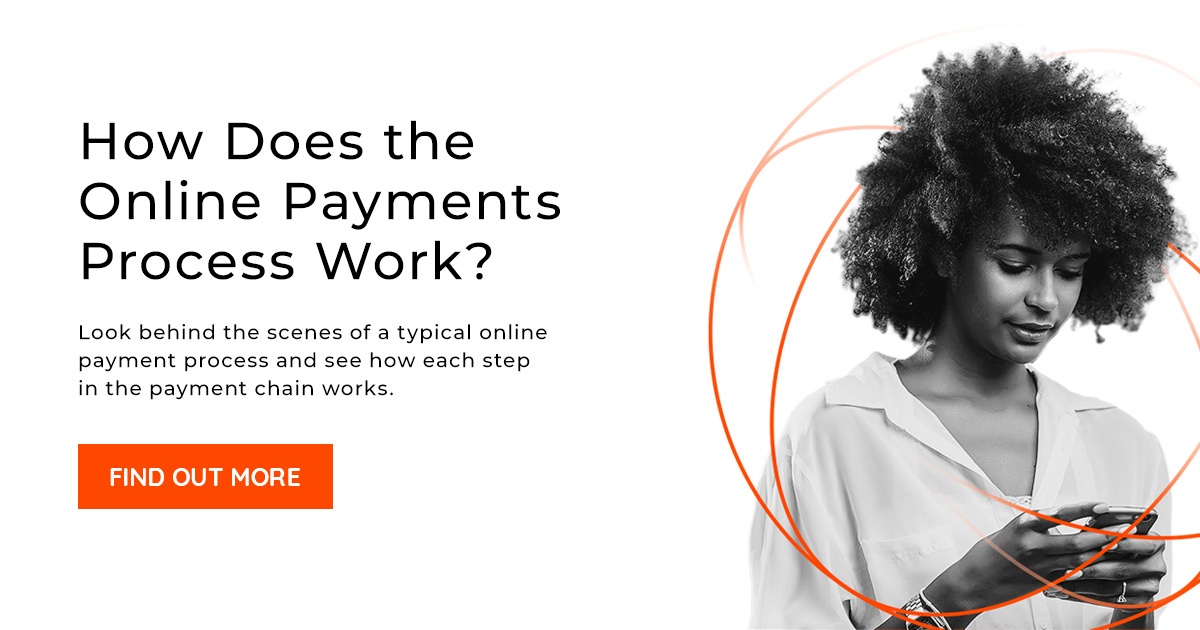Alternative Payment Methods: Buy Now, Pay Later
In the past, layaway plans allowed consumers to pay over time for goods. But with this model, the customer had to wait until the item was paid off before taking it home – providing lots of time for them to have second thoughts.
That won’t work in today’s fast-paced ecommerce market.
It’s not only because consumers aren’t willing to wait months for their purchases, but also because merchants are trying to avoid the potential cancellations and chargebacks resulting from consumer impulsiveness.
That’s where alternative payment options like “buy now, pay later” come in.
Wildly popular in Europe and the United Kingdom, buy now, pay later (BNPL) payments account for more than 7% of European ecommerce transactions and are even more popular in Australia at 10%. Sweden in particular leads the pack with 23% of ecommerce transactions attributed to BNPL.
But what about those shoppers across the Atlantic? As it turns out, BNPL is becoming a more prevalent payment option in the United States with usage increasing more than 200% in 2020. While that only accounts for 2% of U.S. ecommerce payments, the value of purchases made using BNPL service providers grew more than 132% in the first quarter of 2021.

Worldpay from FIS has forecast that buy now, pay later options will account for 4% of global transactions by 2024, an increase from 1.6% in 2020. In essence, if BNPL isn’t on your radar right now, it should be – because your customers will be asking about it.
So, what is buy now, pay later and why is it so appealing?
What Is Buy Now, Pay Later?
Buy now, pay later lets consumers make purchases in installments with either a small amount of interest or none at all – which is different from the traditional credit card model of payment.
In this way, it’s an amalgamation of layaway-meets-line of credit with one major advantage: Customers can have their purchases right away.
What Makes Buy Now, Pay Later So Popular?
Buy Now, Pay Later (BNPL) is a popular payment option among millennials and Gen Z – the most active and growing online consumer groups today. These two generations do almost everything on their smartphones (and they’re not big fans of credit cards), which makes BNPL options easy and simple to use.
Youth research firm YPulse found that 17% of 18-24-year-olds have used BNPL services, compared to about 20% of millennials and 10% of Gen X.
While the younger two generations use BNPL for convenience, the older generation tends to use it to manage spending. In fact, consumers have begun using BNPL services for a number of reasons:
- 45% of BNPL purchases are for a purchase that doesn’t fit the customer’s budget.
- 36% of them are to avoid credit card interest.
- 17% of them are because the consumer’s credit cards are maxed out.
Another reason consumers like BNPL is how quickly they can be approved – something merchants need to be aware of when it comes to fraud.
How BNPL Works
BNPL services are offered in the same way that Amazon Pay is offered online, often among the first options at check out. The BNPL provider runs a brief credit check and then pays the merchant in full for the purchase. Based on the agreed-upon installments, the customer pays the BNPL provider.
In some cases, BNPL providers offer a set number of installments for customers to choose from – usually between three and 12 months of payments. Other services simply delay payment and serve as microlenders to customers who have to pay the balance back by an agreed-upon date. Failure to make payments cost customers late fees and can impact their credit.
It’s important to note that BNPL options often absolve merchants of chargeback liability. In exchange, they pay BNPL providers a fee for each transaction .

While the field of BNPL providers is still growing, several companies have established a foothold in the market.
Buy Now, Pay Later Options
Let’s take a look at the current BNPL players and the services they offer.
|
|
Affirm |
Afterpay |
Klarna |
PayPal |
PaymentOptions |
Monthly payments |
Deposit + threepayments over6 weeks |
Pay-in-four
|
Pay-in-four (U.S.)
|
Interest-FreeOptions |
Yes |
Yes |
Yes |
Yes |
Late Fees |
No |
Yes |
No |
Yes |
Affirm
Any customer who has purchased a Peloton – and there were a lot of them during the pandemic – will be familiar with Affirm. This BNPL provider is expanding its reach with nearly 12,000 retailers and a new relationship with Shopify that makes integration even easier.
Affirm’s offerings include simple-interest and interest-free installment options with a underwriting process that is ideal for high risk merchants selling big-ticket items.
Afterpay
Primarily responsible for Australia’s adoption of BNPL, Afterpay entered the U.S. market within the last few years with the promise of interest-free offerings. (It’s not all roses for consumers who don’t pay their bills on time, though: Customers who get behind in their payments are charged a late fee and may even be cut off from making additional purchases.)
Afterpay has appealed to a number of enterprise ecommerce merchants, including Bed Bath & Beyond and Lululemon. A recent partnership with Stripe stands to make integration easier.
Klarna
Sweden’s high BNPL usage is attributed to Klarna, which has set its sights on dominating the U.S. market. Klarna’s appeal is that it offers more than just payment options on the Klarna app, including package tracking, retailer wish lists and even a quasi-digital wallet.
Its pay-in-four, interest-free installment product averages orders between $140 and $150 in the U.S. and Canada. Consumers can also opt to pay 30 days after delivery, which lets them try and return items before payment.
PayPal
With the acquisition of Bill Me Later nearly a decade ago and an existing network of 29 million merchants, PayPal is positioned for growth in the BNPL market. In 2020, the company launched a Pay In 3 product to UK customers and a Pay in 4 product to U.S. customers – both have been quite successful.
Bill Me Later has birthed two credit options that open doors for both B2C and B2B customers. PayPal Credit is a rebranded version of Bill Me Later, which has expanded across borders into European markets. Meanwhile, PayPal Working Capital allows PayPal merchants to redirect their sales to pay for goods and services – making cash flow less of an issue.
BNPL options do create the opportunity for more high-dollar purchases, but merchants still need to make sure they provide the right offer to their customers.
What to Consider When Choosing BNPL Providers
Before adopting any BNPL option, merchants should evaluate how well this type of payment option will play with its target customers.
If the average order value for an online store is high, not everyone will be approved by every BNPL provider, or the merchant may need to offer some guarantee that its customers will pay. Even when a BNPL provider is chosen, merchants should loop consumers back to a credit card option if the BNPL is declined.

Another consideration is reputation and brand loyalty. If customers end up having to pay interest, late fees, or are prevented from shopping until they pay in full, they are more likely to associate those experiences with the merchant than the BNPL providers.
Great questions for merchants to ask include:
- Do they have to leave your cart or your site to sign up and make a purchase?
- Is BNPL a good offering for you as the merchant?
- Are you locked into an exclusive deal for a long period of time with one payment option?
- And what are the fees on your end?
- If a customer doesn't pay, are you liable for a portion or all of it?
- Does it make sense for you to offer more than one payment?
How to Prevent Buy Now, Pay Later Fraud
The most prevalent fraud risk for Buy Now, Pay Later transactions is account takeover because, in most cases, consumers are connecting their bank accounts directly to the provider to make payments.
And because BNPL is essentially an instant loan with a limited credit check, it’s difficult for banks to screen out fraudsters at the point of sale.
So how do merchants protect themselves against BNPL fraud?
In addition to implementing a comprehensive fraud prevention solution that protects every arm of their business, merchants need to be wary of transactions that have strong red flags for fraud:
- Unusual purchasing behavior
- New device logins
- Multiple transactions within a short period of time
- Shipping address changes
Be Careful With Filters and Blacklists
Before setting up filters or blacklists to try to address BNPL fraud, merchants need to remember that doing so will put them at risk of increasing their false declines – and decreasing their approval rates and revenue as a result. This is where manual fraud review is valuable, allowing you to reach out to customers whose transactions set off alarms.
ClearSale’s international fraud prevention and protection expertise makes our team especially equipped to understand the nuances of buy now, pay later fraud, how to prevent it, and how to maintain a high approval rate. Contact us today to discuss how to integrate BNPL in your payment options safely without increasing your fraud rate.
 Denise Purtzer
Denise Purtzer


